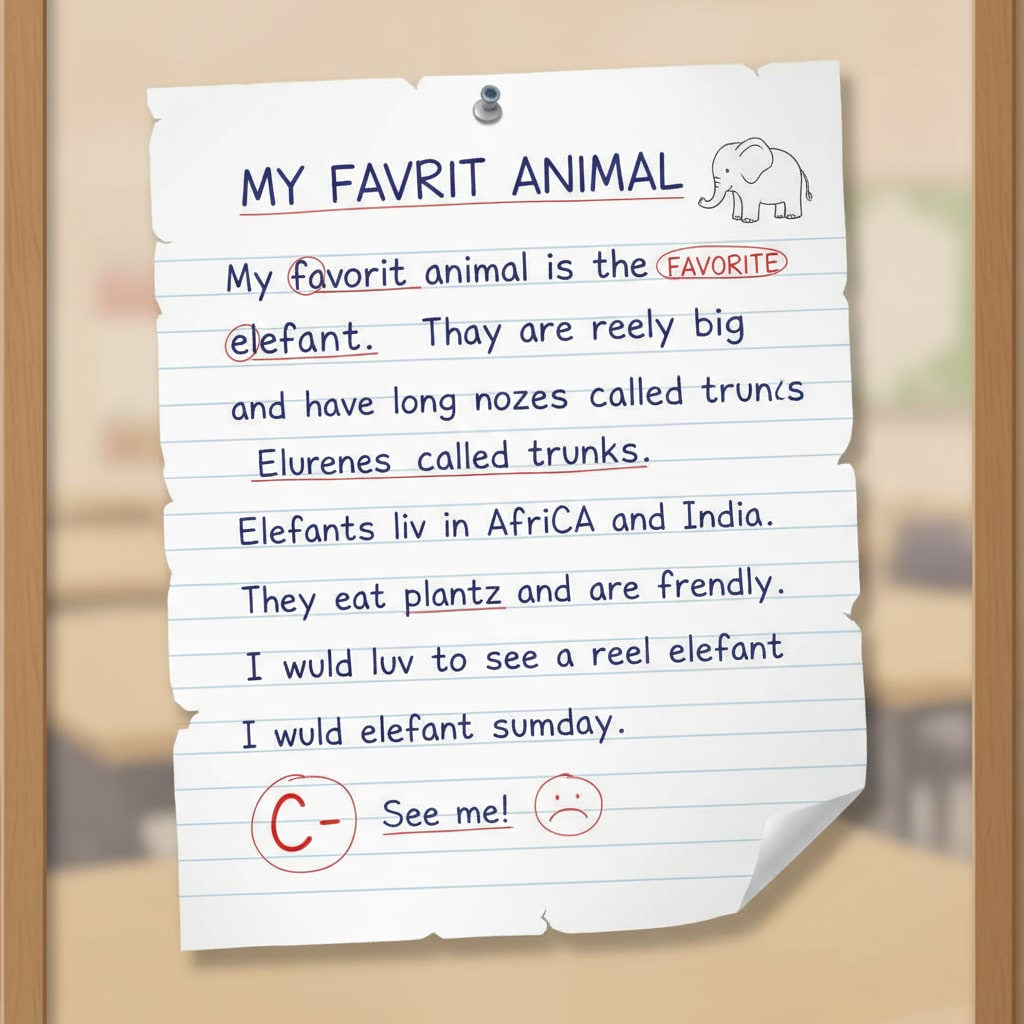In the realm of fiction writing, the ability to create authentic characters with distinct writing styles is a crucial skill. It not only adds depth to the story but also makes the characters more relatable to the readers. This article focuses on how to accurately depict characters with limited education levels in novels, exploring the art of capturing their unique writing styles while maintaining the overall readability of the story.

The Characteristics of Characters with Limited Education
Characters born in the late 1970s often had complex educational journeys. For example, some might have faced financial hardships that interrupted their studies. As a result, their writing styles can be quite distinct. They may use simple vocabulary, as they haven’t been exposed to a wide range of words during their limited educational years. According to Language development on Wikipedia, vocabulary acquisition is closely linked to educational opportunities. These characters might also struggle with grammar and sentence structure. Their sentences could be short and choppy, lacking the fluidity of those with more education.

Crafting the Writing Style
When writing from the perspective of a character with limited education, it’s essential to use simple and straightforward language. Avoid using complex words and phrases that such a character wouldn’t know. Instead, opt for common, everyday words. Another aspect is to introduce grammar and spelling mistakes deliberately. However, these should be believable and in line with the character’s background. For instance, a character who dropped out of school early might mix up homophones frequently. As stated in Language on Britannica, language usage reflects a person’s educational and cultural background.
To make the character’s writing more authentic, consider their thought process. Their writing might be disorganized, jumping from one idea to another without a clear transition. This mirrors their lack of formal training in structuring thoughts. In addition, the tone of their writing could be more conversational, as if they are speaking directly to the reader.
Readability guidance: By using short paragraphs and simple language, we can clearly present the techniques for creating characters with limited education. Each point is like a building block in constructing an authentic character. We keep the passive语态 to a minimum and use active voice to make the writing more engaging. Transition words such as ‘however’ and ‘for example’ help to connect ideas smoothly.


